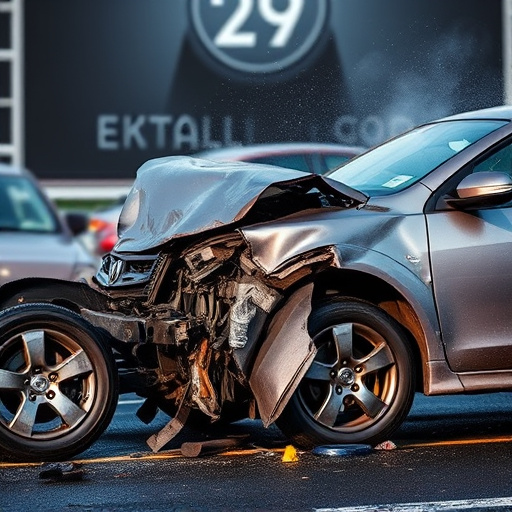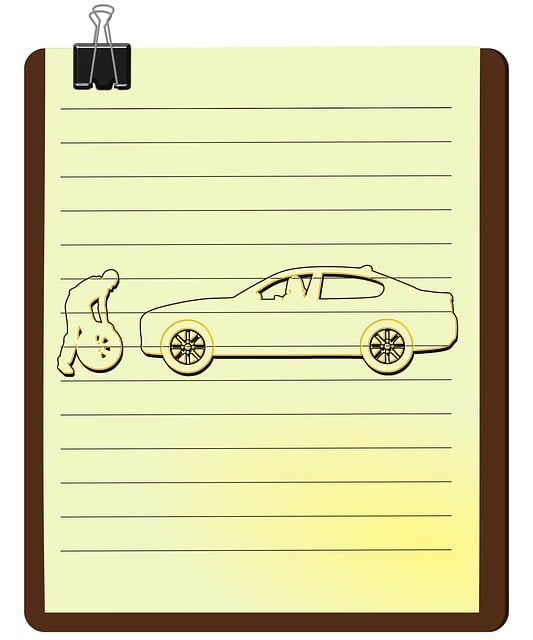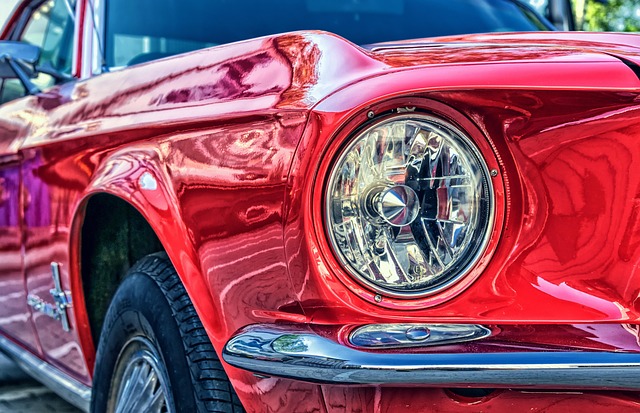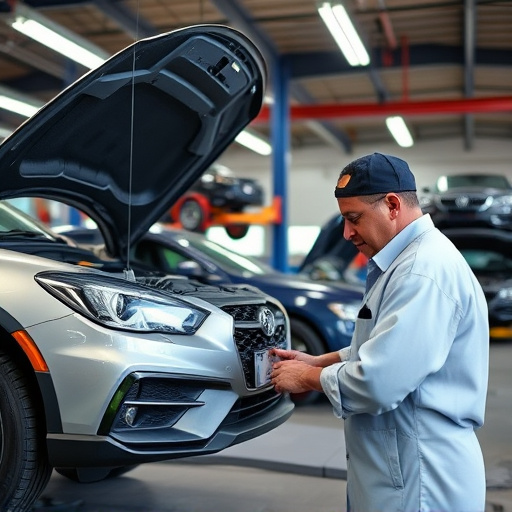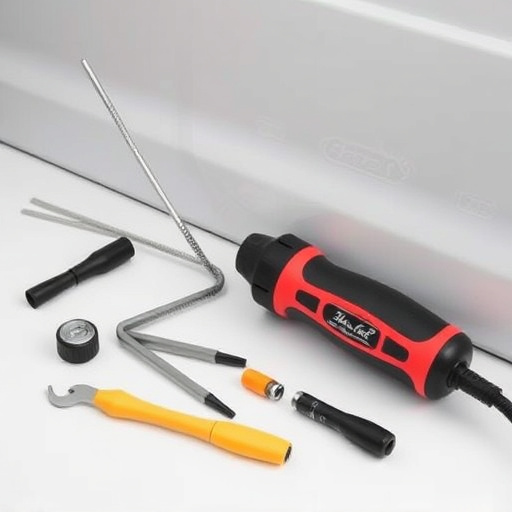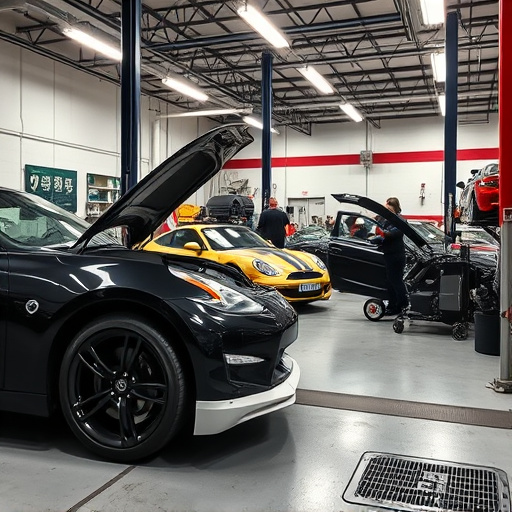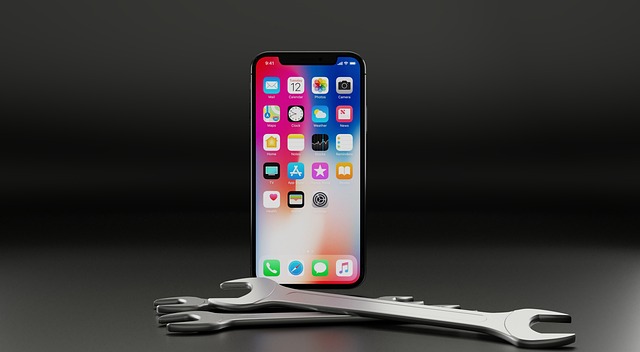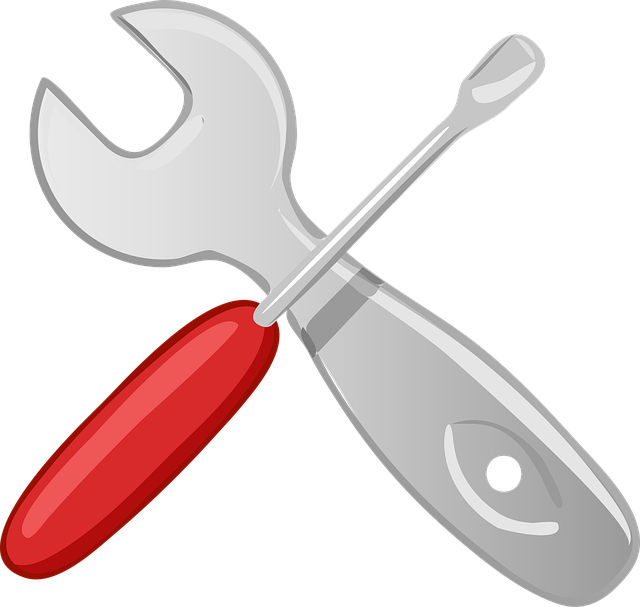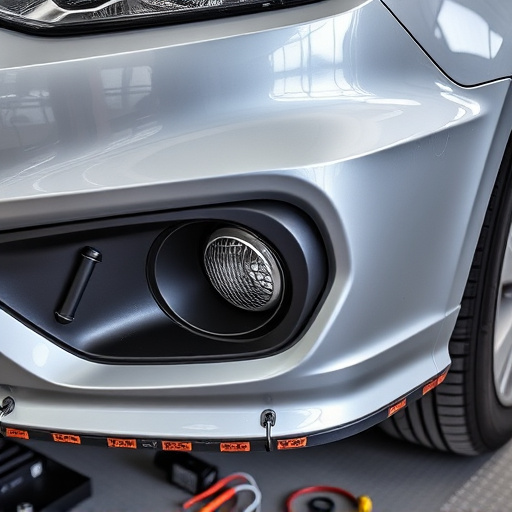Tesla charging port failures are common due to high-voltage system issues, physical connectors, and environmental factors. Regular maintenance, including inspections and cleaning, prevents serious problems. Diagnosing issues accurately is crucial before repairs. The repair process involves removing and inspecting the port, replacing internal components, and assessing auto body damage. Regular debris removal and wear checks prevent future failures; complex tasks like paint repair should be handled by professional electric vehicle specialists.
Tesla owners often face frustrating experiences with failed supercharging sessions, leaving their vehicles in need of a reliable charging solution. This article delves into understanding the root causes behind Tesla charging port failures, offering a comprehensive guide for diagnosis and an in-depth look at the repair process. By exploring common issues and maintenance tips, you’ll gain the knowledge to ensure smoother, faster, and more efficient charging experiences for your electric vehicle.
- Understanding Tesla Charging Port Failures
- Diagnosing the Issues: Common Causes
- Repair Process and Maintenance Tips
Understanding Tesla Charging Port Failures
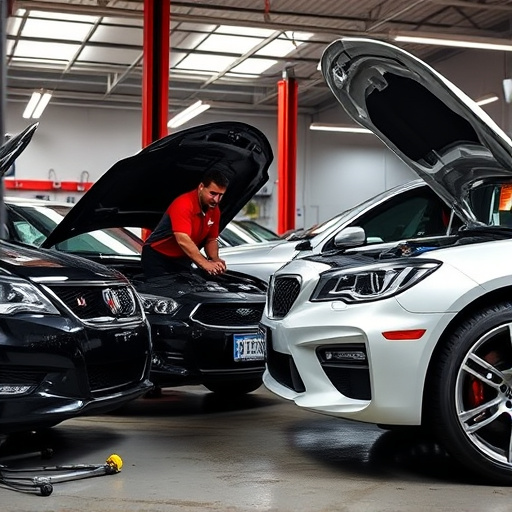
Tesla charging port failures can occur due to various reasons, often related to the high-voltage system and the physical connections. One common issue is loose or damaged connectors, which can prevent a successful Supercharging session. These connectors are designed for heavy use and exposure to harsh environments, so wear and tear over time is inevitable. Other potential causes include faulty cables or adapters, internal wiring damage, or even environmental factors like extreme temperatures affecting the port’s insulation.
Regular maintenance and prompt attention to any charging issues can help prevent more serious problems. Simple measures like inspecting the ports for visible damage or debris, ensuring proper sealing, and keeping them clean can make a significant difference. If you frequently experience failed charging sessions, it might be time to consider professional Tesla charging port repair services, which can offer specialized auto glass repair and scratch repair solutions tailored to these high-tech components, ultimately ensuring your vehicle’s safety and efficiency.
Diagnosing the Issues: Common Causes
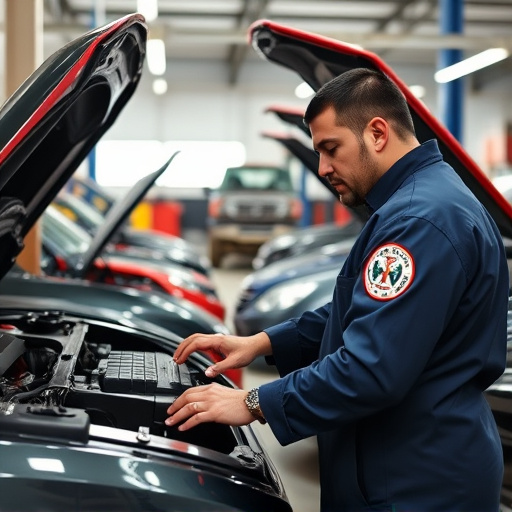
Diagnosing issues with a Tesla charging port is an essential step before attempting any repairs. One of the most common causes of failed Supercharging sessions is a faulty charging port or cable. These components are subject to wear and tear, especially in frequent use, leading to loose connections or physical damage. Weather conditions can also play a role; extreme temperatures can cause the rubber insulation on cables to degrade over time.
Other potential issues include debris or dirt accumulation inside the port, which can disrupt charging by blocking the connection. In some cases, a car repair shop might identify problems with the vehicle’s electrical system, such as faulty diodes or capacitors, that are responsible for regulating power flow during charging. Identifying the root cause is crucial to ensuring an effective Tesla charging port repair.
Repair Process and Maintenance Tips
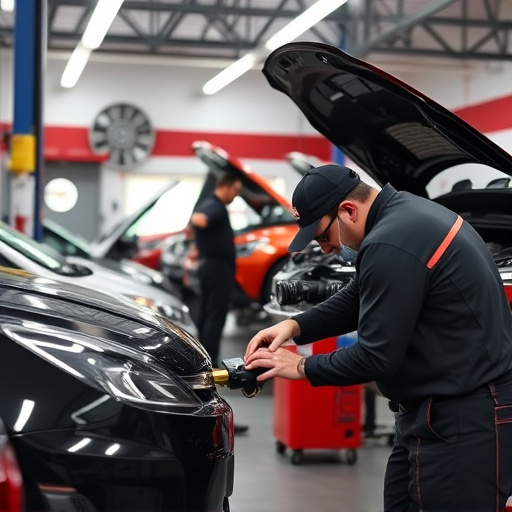
The Tesla charging port repair process typically involves a few steps. First, the damaged or faulty charging port is removed from the vehicle. This can often be done with simple tools and does not always require extensive disassembly, especially if the issue is limited to the charging port itself. Auto repair services specializing in electric vehicles will then inspect the internal components for wear and tear or other damage. If needed, these parts are replaced, ensuring that the charging port functions optimally. In some cases, a bumper repair might be required if the charging port has caused damage to surrounding auto body parts.
Regular maintenance can prevent future Tesla charging port issues. This includes keeping the charging port clean and free from debris, as well as periodically checking for any signs of wear or damage. Minor repairs, such as applying heat to loosen stubborn connectors, can be done by owners at home. However, more complex vehicle paint repair or charging port replacement is best left to professional auto repair services familiar with electric vehicles’ unique needs.
Tesla owners experiencing frequent failed Supercharging sessions due to charging port issues can find relief through proper diagnosis and a straightforward repair process. By understanding common causes such as debris, damage, or outdated hardware, users can take proactive measures to prevent future inconveniences. A simple Tesla charging port repair can significantly enhance the overall charging experience, ensuring faster and more reliable energy top-ups on the go.
